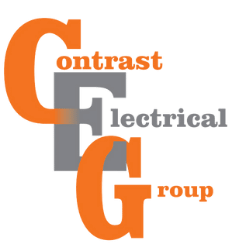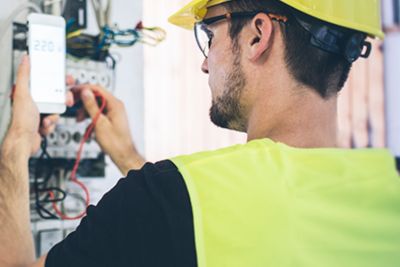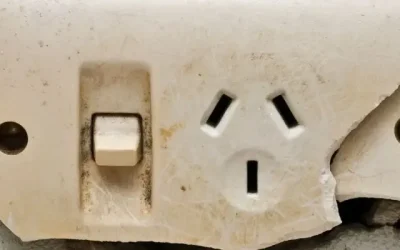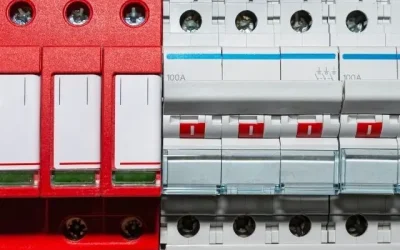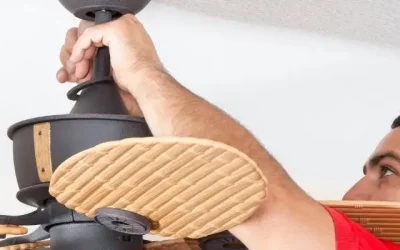Electricity is part of everyday life, but when things go wrong, the consequences can be serious. That’s why safety switches, also known as Residual Current Devices (RCDs), are now a legal requirement in Queensland homes. These life-saving devices are designed to protect people from electric shock, injuries, and fatalities. While newer homes are usually already compliant, many older properties still don’t have full RCD protection on all circuits. If you’re living in an older home or planning electrical work, it’s worth checking if your switchboard meets current safety requirements. In this post, we’ll explain what safety switches are, why they’re required in Queensland homes, and how to make sure your property is properly protected.
What is a Safety Switch (RCD)?
A safety switch or RCD is designed to prevent electric shock by constantly monitoring the flow of electricity through a circuit. If it detects that electricity is leaking somewhere it shouldn’t, it shuts the power off in a fraction of a second.
Unlike other protective devices, a safety switch is designed specifically to prevent serious injury or death. It works by detecting imbalances in the electrical current and disconnecting the power within milliseconds. That small window of time can be the difference between a close call and a life-threatening situation.
How a Safety Switch Differs from a Circuit Breaker or Fuse
Switchboards can look complicated, especially if you’re not familiar with what each component does. Safety switches, circuit breakers, and fuses all keep your home safe, but they’re not the same. Each one is designed to respond to a different type of electrical issue, and understanding those differences is key to making sure your household is properly protected.
Safety Switch (RCD)
The primary role of a safety switch is to protect people from electrical shock. It works by constantly monitoring the flow of electricity through a circuit. If it detects an imbalance between the active and neutral wires, it shuts off power within milliseconds. Safety switches are resettable, meaning they can be turned back on once the fault has been resolved.
Circuit Breaker
A circuit breaker is designed to protect your home’s wiring and appliances from damage caused by overloading or short circuits. When too much current flows through a circuit, the breaker trips and stops the power, helping to prevent overheating or potential fires. However, they don’t protect people from electric shock, but they have a critical role in fire prevention. Circuit breakers can also be reset once the issue has been addressed.
Fuse
Fuses serve a similar purpose to circuit breakers, and that’s to protect against overloads. However, they work differently. Inside the fuse is a thin wire that melts when too much current passes through, breaking the circuit. This stops the power from continuing the flow and damaging wiring or appliances. But unlike safety switches or circuit breakers, they are not resettable and must be physically replaced every time they blow.
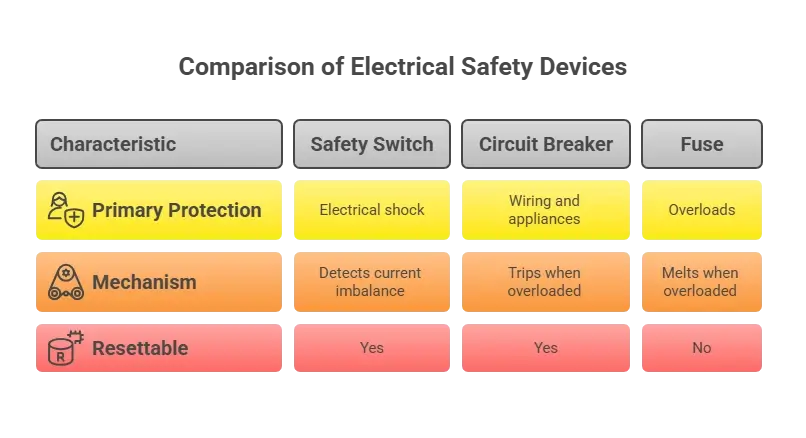
Why Safety Switches Are Legally Required in Queensland
The Queensland Government has made safety switches a legal requirement in homes as part of its commitment to reducing electrical injuries and fatalities. Over the years, the rules have expanded to cover more types of properties and situations. Here’s a breakdown of when safety switches are required:
- Homes built after 1992 must have safety switches installed on all power circuits, with some exceptions to circuits supplying refrigerators or freezers.
- Since 2000, lighting circuits in newly built homes have also been required to have safety switches.
- From 2002 onwards, if a property is sold or the title is transferred, it must have safety switches installed on power circuits or the new owner must install them within three months.
- Since 2006, all rental properties must have safety switches installed. If they’re missing, the property owner is responsible for having them fitted as soon as possible.
- When electrical installation work is done, a licensed electrician is not permitted to carry out the job if there is no safety switch installed on power circuits. However, if the work includes fitting a safety switch or there’s an emergency situation or safety reasons, they can continue working.
Because requirements vary depending on when your home is built, sold, or renovated, compliance might not always be obvious. If you’re unsure whether your home is up to standard, the safest option is to have a licensed electrician do an inspection.
Where Safety Switches Should Be Installed
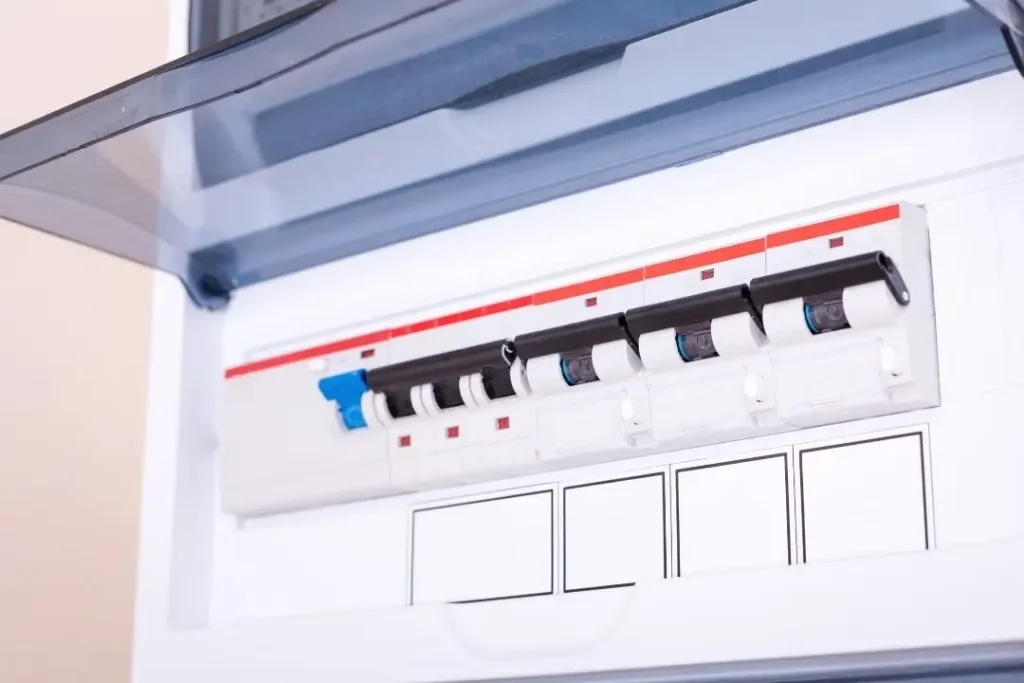
In Queensland, safety switches are legally required on power and lighting circuits, but that’s just the starting point. For more complete protection, it’s recommended to have them installed on every circuit in your home. This includes hardwired appliances, and any area where there’s a greater risk of electrical hazards.
Some of the most common areas where safety switches should be installed include:
- Power point circuits
- Lighting circuits
- Air conditioning systems
- Hot water systems
- Pool and spa equipment
- Outdoor power outlets and garden lighting
- Detached buildings or sheds connected to your home’s power
In newer homes, switchboards often include a dedicated safety switch for each circuit. This setup offers better protection and also makes it easier to identify which circuit is affected if something trips. If your home has just one safety switch or none at all, it might be time to consider upgrading your switchboard for better safety and compliance.
How to Test Your Safety Switches
Testing your safety switches regularly is one of the easiest ways to make sure your home stays protected. The Queensland Electrical Safety Office recommends doing this every three months to confirm everything is working as it should. Here are the steps:
- Inform your household. Before you test your safety switches, let everyone know. Pressing the test button will cut power to the connected circuit, which may interrupt things like Wi-Fi, lighting, or appliances.
- Locate your switchboard. This is usually found on the outside of your home, in the garage, or near the meter box. Open the panel to access the safety switches.
- Press the “Test” button on the safety switch. The button is often marked with a “T”. When pressed, the switch should trip immediately, cutting off power to that circuit.
- Check that the power has been turned off. Test a light or appliance on that circuit to confirm the power is off. If the light still works, the switch may not be protecting that circuit, or it might not be working properly.
- Turn the safety switch back on. If it resets easily and everything comes back on, your safety switch is working correctly.
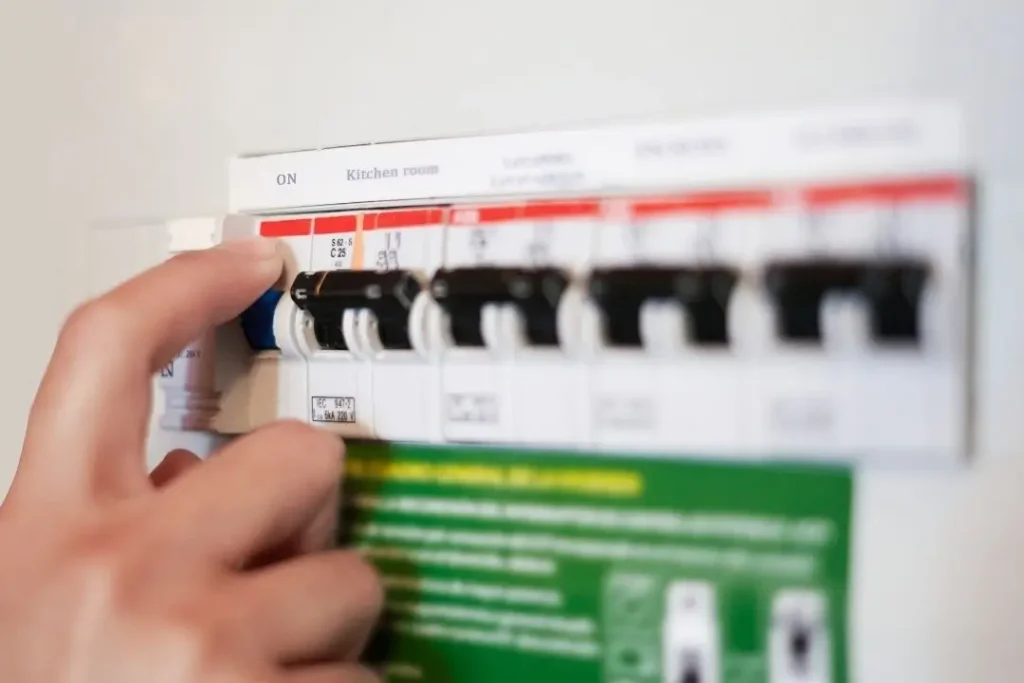
If the switch doesn’t trip, won’t reset, or you’re not sure if it’s protecting all the right circuits, it’s time to call in a licensed electrician to inspect it. You can also watch the short video from the Electrical Safety Office for a quick demonstration on how to test your safety switch at home.
Final Thoughts
Safety switches are one of the most important electrical safety features in any Queensland home. They’re designed to prevent serious injury or even death by shutting off the power the moment a fault is detected. More than just a recommendation, they’re a legal requirement in many situations. If your home doesn’t have safety switches on every circuit, it’s a good idea to have your system checked.
We believe safety starts with the right protection in place, including having working safety switches on every circuit. If you’re unsure about your switchboard, our qualified residential electricians can help with inspections and reliable safety switch installation. Call us on (07) 4646 4092 to request a quote. It’s a simple step that helps keep your home and family safe.
